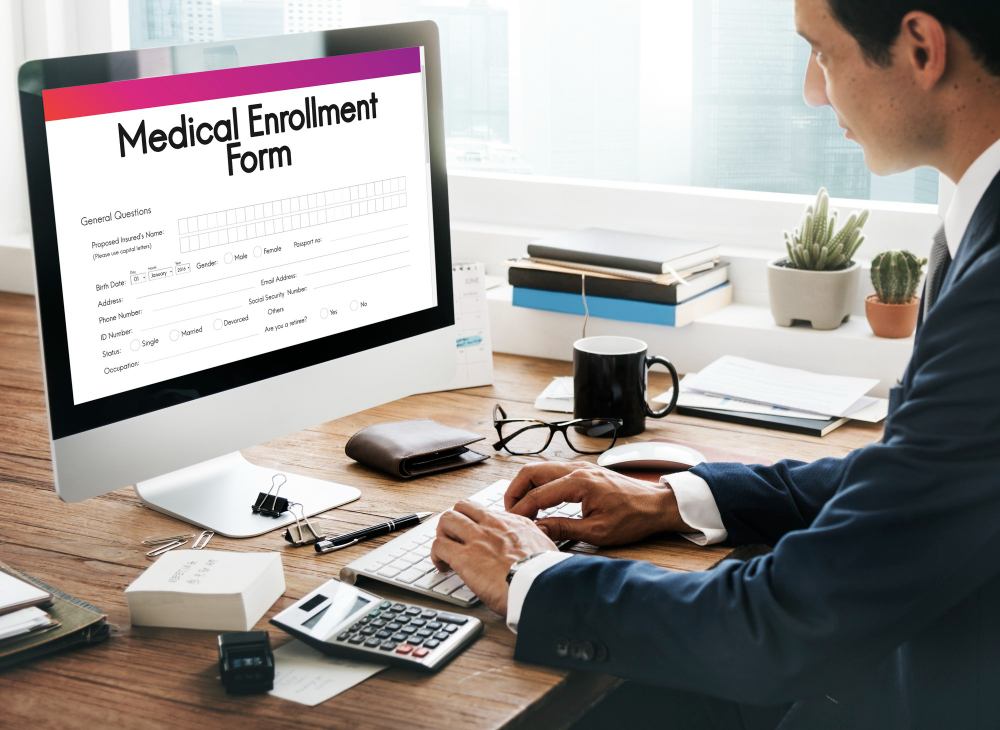Securing Your Tech Future: A Guide to Vendor Risk Assessment
In today’s fast-paced business environment, technology plays a pivotal role in ensuring operations run smoothly and efficiently. However, as organizations increasingly rely on external vendors for technology solutions, the importance of conducting thorough risk assessments on these partnerships has never been more critical. Moreover, effective vendor management risk assessment is not just about safeguarding your tech investments; it’s about ensuring the longevity and success of your business. Consequently, in this blog post, we delve into the strategies and best practices for protecting your tech investments through vigilant vendor management risk assessments.
The Vital Role of Vendor Management in Today’s Tech-Driven World
Imagine your business as a well-oiled machine, with every part working in perfect harmony to achieve its goals. Now, consider what happens if one of these parts, supplied by an external vendor, fails unexpectedly. The repercussions could range from minor disruptions to catastrophic failures affecting your business’s bottom line and reputation. This scenario underscores the importance of vendor management and the need for rigorous risk assessment to identify and mitigate potential threats before they impact your operations.
The Essence of Vendor Management Risk Assessment
Vendor management risk assessment is a critical process that involves evaluating the potential risks associated with outsourcing technology solutions and services. This process helps businesses identify vulnerabilities, ensure compliance with industry standards, and safeguard against financial, operational, and reputational damage. By thoroughly assessing vendors, companies can make informed decisions, fostering stronger, more reliable partnerships that support their strategic objectives.
Understanding Your Vendor Management Inventory
Initially, the first step in effective vendor management is to create a detailed vendor management inventory. This inventory should list all your tech vendors, including the services they provide, the importance of these services to your operations, and any associated risks. Having a comprehensive overview is crucial for prioritizing your risk assessment efforts, focusing on vendors that represent the highest risk to your business. Through this focused approach, you can allocate your resources more effectively, ensuring that critical vendors undergo a rigorous evaluation process.
Evaluating Vendor Security Practices
In the realm of technology, security is a paramount concern. When assessing vendors, it’s vital to scrutinize their security practices and protocols. This evaluation should encompass their data protection measures, incident response plans, and compliance with relevant cybersecurity standards. By ensuring that your vendors adhere to high security standards, you can significantly reduce the risk of data breaches and cyber attacks that could jeopardize your business.
Assessing Vendor Financial Stability
Furthermore, another crucial aspect of vendor management risk assessment is evaluating the financial stability of your tech vendors. A vendor’s financial health can impact their ability to deliver services consistently and respond to emerging challenges. Assessing financial stability involves examining financial statements, credit ratings, and market position. This financial due diligence helps you identify any red flags that could indicate a vendor’s potential inability to fulfill their obligations, allowing you to make contingency plans or consider alternative vendors if necessary.
Ensuring Compliance and Regulatory Alignment
Additionally, in today’s regulatory environment, compliance is a critical factor in vendor management. It’s essential to ensure that your vendors comply with all relevant laws, regulations, and industry standards. This includes data protection regulations, such as GDPR in the European Union, and industry-specific standards, such as HIPAA in healthcare. By verifying compliance, you can protect your business from legal and financial penalties and maintain the trust of your customers and stakeholders.
Monitoring Vendor Performance and Relationship Management
Lastly, effective vendor management doesn’t end with the initial risk assessment. Ongoing monitoring of vendor performance and the health of your relationships with them is essential. This involves regularly reviewing service delivery, response times, and adherence to service level agreements (SLAs). It also includes maintaining open lines of communication with your vendors to address any issues promptly and collaboratively. By actively managing these relationships, you can ensure that your vendors continue to meet your needs and expectations over time.
The Foundation of Sustainable Success
In conclusion, effective vendor management risk assessment is not just a precaution; it’s a strategic imperative for businesses that rely on technology to drive their operations. By thoroughly assessing the risks associated with your tech vendors, you can protect your investments, ensure operational continuity, and maintain your competitive edge. The goal is not just to mitigate risks but to build strong, resilient partnerships that support your business’s growth and success. With the right approach to vendor management, you can turn potential vulnerabilities into opportunities for innovation and collaboration, laying the foundation for sustainable success in the digital age.
This comprehensive exploration highlights the critical nature of vendor management risk assessment in protecting tech investments. By focusing on key areas such as inventory management, security, financial stability, compliance, and relationship management, businesses can navigate the complexities of vendor relationships with confidence. As technology continues to evolve, so too will the challenges of vendor management. However, with a proactive, informed approach, businesses can ensure that their tech partnerships remain a source of strength, not vulnerability, in the ever-changing business landscape.
Read More:
Get in touch with us
Related Posts

Securing Patient Data: A HIPAA Guide

Why Every Business Needs Regular Cybersecurity Assessments for Effective Continuity
About Us
